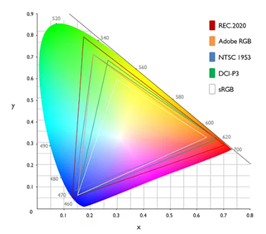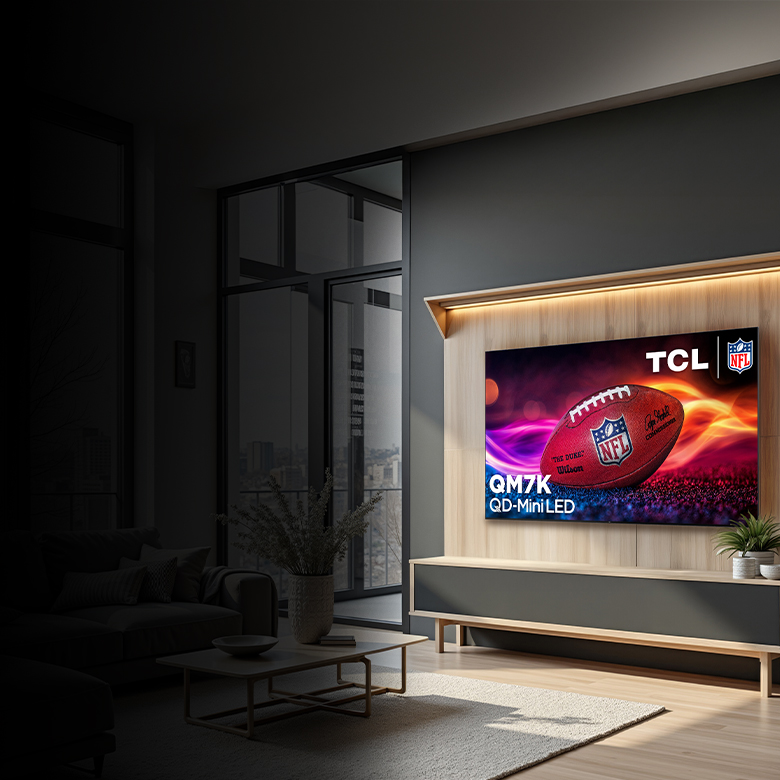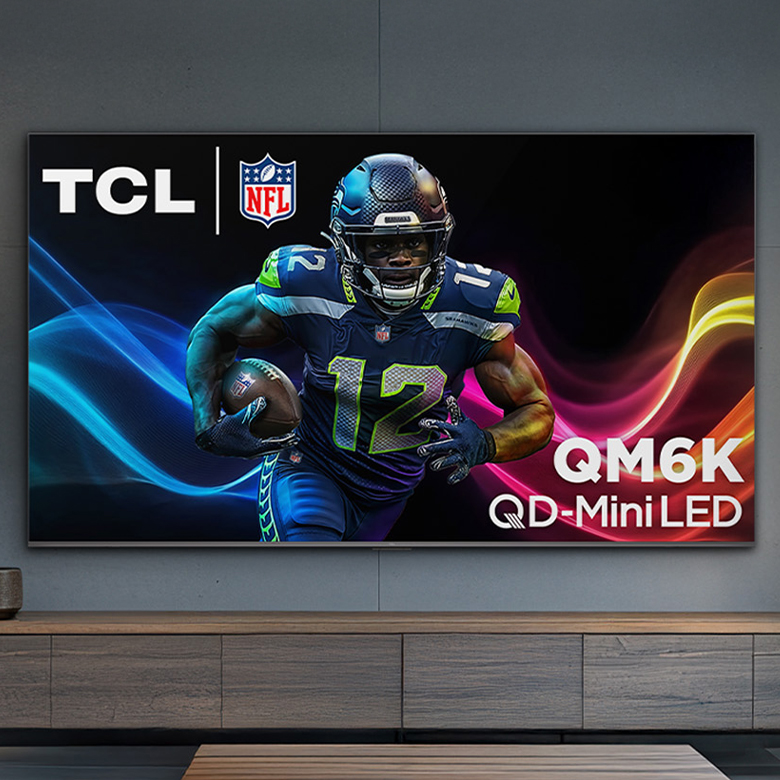We are in a golden age of TV viewing, and that’s represented in TCL’s latest generation QLED TVs.
One of the important things that contribute to today’s level of TV performance is the advancement in the quantity, and more importantly, the quality of the colors they deliver.
I emphasize quality because how good would a TV really be if it delivered over a billion colors, but the green of the Green Monster when you’re watching Field of Dreams doesn’t look the same as you remember it looking like when you went to Fenway Park as a kid?
But what has changed to make new color technologies, like Quantum Dot QLED, so important?
What is QLED and Why It Matters
 My take on TVs and color performance starts with the “Colorspace Triangle” on the right.
My take on TVs and color performance starts with the “Colorspace Triangle” on the right.
The entire “blob” represents what the human eye can see. The Green triangle (labeled DCI-P3) represents the full palette of colors that moviemakers have at their disposal when creating their work.
Until recently, TVs, and the content that was delivered to those TVs (broadcast TV, Video tape, and other options, all with Standard Dynamic Range) could only reproduce a fraction of all those colors. Therefore, there was no need to “push the envelope” and make TVs that could deliver more color.
Fortunately for us all, High Dynamic Range or HDR, has taken the TV world by storm! Formats like HDR10, and especially Dolby Vision, can deliver breathtaking picture dynamics. In an industry filled with acronyms that are as hard for people to understand, HDR has been received by professionals and regular viewers alike as the Gold Standard in delivering brilliant, rich colors.
In short, shows and movies we watch can now be sent to our TVs (streaming, disc, etc.) with the potential for a much wider range of colors (and brightness…remember that). So, we need a way to deliver the performance of those colors.
The bright blue skies and the red stripes on Maverick’s flight helmet in Top Gun: Maverick can contribute to the amazing viewing experience of the movie if shown properly. Enter QLED.
If a new flat panel TV were a sandwich, the two pieces of bread would be the backlight (your LEDs) in back, and the LCD panel in front. The meat of the sandwich would be your color layer.
Prior to Quantum Dot technology, this “meat” of the sandwich produced colors in various ways, but with QLED, the sandwich got a revolutionary new method! The Quantum Dot layer is made of nanocrystals of various sizes, all wicked small…like microscopic, small!
Simply put, these nanocrystals produce a VERY specific wavelength, or color, when energy or electricity is applied to them. Because the output is so precise and predictable, TCL can build the rest of “the sandwich” around this known output. Want the green of the Green Monster? Every time the TVs shows it, it looks…correct. The red of anti-hero Deadpool’s suit looks real, not cartoonish.
One more layer (pun intended) to the color performance story is color volume. If you picture the “look” of a movie like Top Gun: Maverick, compared to the look of a typical Tim Burton movie, like Corpse Bride or Nightmare Before Christmas, you’ll see that distinct brightness, color level, or even the lack-of-color can contribute to the feel of the movie. The creative minds behind these artistic choices use color volume (color over a range of brightness levels) to set the mood of their creations.
Why Upgrade to a TCL QLED TV
In Moody Blues’ classic song Nights in White Satin, keyboardist Mike Pinder speaks:
“Cold hearted orb that rules the night
Removes the colors from our sight
Red is gray and yellow white.”
Perhaps the only time you will see a Moody Blues reference in a story about QLED TVs. BUT, it illustrates the impact that overall light levels have on the colors we see.
More relevant to watching TV, it’s harder for a TV to maintain rich, properly saturated colors. On a typical TV or current non-QLED TVs, as a picture gets brighter, colors tend to fade. This is why movie theaters are dark, and some TV technologies are known to perform better in light-controlled rooms.
QLED TVs, however, have the potential to keep colors intact even when the picture—or your room—gets brighter. The spec associated with good color over varying brightness levels is called color volume. But you need a bright light source to be able to hit that brightness level.
At TCL, not only do many of our TVs feature our famous full array LED backlight technology with local dimming zones, but we pioneered technology called Mini-LED. In fact, we had the world’s first Mini-LED TV, and now every major manufacturer is following our lead to bring Mini-LED to their flagship TVs.
Simply put, the brightness of our Mini-LED backlight has the “horsepower” to take advantage of the potential bright colors QLED delivers.
Our Best QLED TVs, Now Even Better
To double back, QLED, a technology first introduced in a large-screen TV by TCL and found on our newest 5-Series and 6-Series TVs, as well as select XL Collection TVs, delivers unprecedented color, specifically when paired with powerfully bright backlight technologies.
TCL is proud to continue leading in and building upon all of these great picture technologies, helping to bring us to this time: a Golden Age of TV viewing.



share